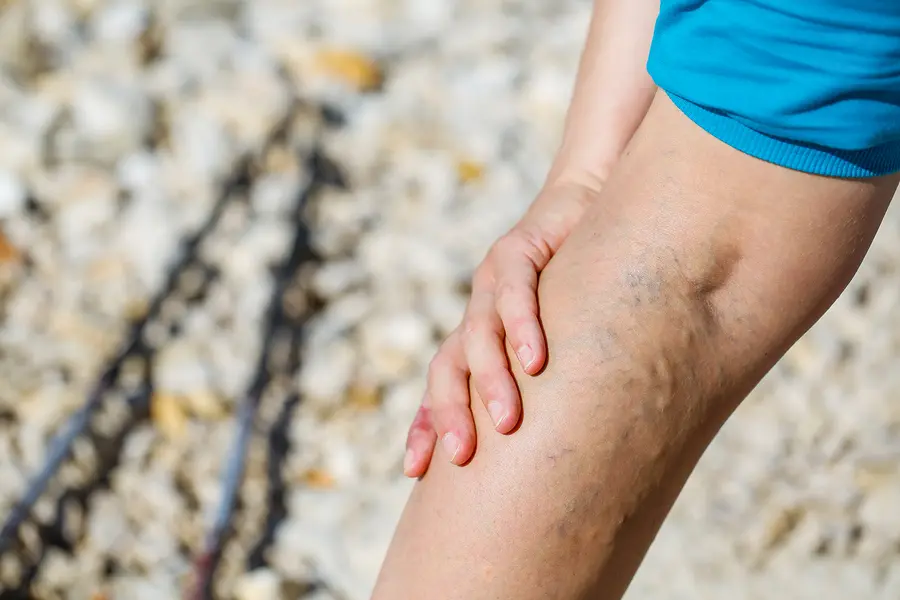Joint pain and swelling can interfere with daily activities for many people around the world. There may be a link between what you eat and these painful conditions. By understanding how food affects your body, you can develop habits that help reduce pain and support your health. Here’s how your diet can influence joint pain and inflammation:
Do Certain Foods Help?
Eating certain foods can influence inflammation in your body. If you suffer from joint pain, an anti-inflammatory diet might help. Fruits and vegetables rich in antioxidants may reduce inflammation because these natural compounds can help protect cells.
Omega-3 fatty acids, found in fish like salmon and mackerel, are also beneficial. They help lower inflammation markers. Nuts and seeds such as walnuts and flaxseeds contain healthy fats that support joint health. Processed foods, red meats, and sugary snacks are linked to increased inflammation. To further reduce inflammation, consider adding turmeric and ginger to your meals. Turmeric, in particular, is known for its ability to decrease inflammation.
What Causes Pain Flare-ups?
Inflammation and joint pain can be caused by various triggers. Eating a diet high in refined carbohydrates and sugars can make these issues worse because such foods may increase proteins that boost inflammation. For people with certain conditions that cause joint pain, food sensitivities can also act as triggers.
Another key factor is dehydration. Water may help keep your joints lubricated, reducing stiffness and improving mobility. Drinking enough water daily, combined with eating anti-inflammatory foods, provides a strong foundation for managing chronic pain.
What Are Easy Adjustments?
Start small by adding nutritious foods to your meals. Here are some simple changes you can try:
- Swap sugary drinks for water or herbal teas.
- Eat fatty fish, such as salmon or mackerel, at least twice a week.
- Choose whole grains like quinoa or brown rice instead of white bread.
Another helpful tip is meal prepping. Preparing healthy meals in advance makes it easier to stick to an anti-inflammatory diet. For snacks, opt for nuts, seeds, and fresh fruit, which provide nutrients without added sugars or unhealthy fats. When cooking, use healthy oils like olive oil, which contains healthy fats that help fight inflammation. Also, reduce salt intake by seasoning with herbs and spices instead of salt, which benefits overall health.
Are Lifestyle Changes Enough?
While making dietary changes can benefit joint health, they are most effective when combined with other healthy habits. Regular physical activity helps strengthen the muscles around your joints, which can reduce strain on weight-bearing areas. Low-impact exercises like swimming, yoga, or cycling are especially good options.
Nutrition provides the foundation for healthy joints, but sometimes more persistent discomfort requires medical treatment. Several advanced therapies can help reduce inflammation and support healing. These include platelet-rich plasma (PRP) therapy, nerve blocks, and IV infusion therapy. Consult with a healthcare professional to find the treatment that best fits your symptoms and lifestyle.
Find Help for Joint Pain
Making simple changes to your diet can significantly reduce joint pain and inflammation. Combining these dietary habits with medical treatments like PRP, IV infusion therapy, and nerve blocks can enhance your relief. Try to include anti-inflammatory foods, stay well-hydrated, and maintain an active, balanced lifestyle. Small, steady changes can lead to long-lasting improvements in how your body feels and functions. Ask a pain specialist for more information on joint pain and diet.

